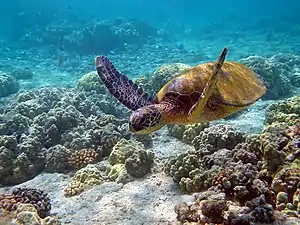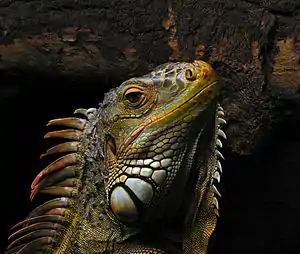Collaborative learning modules
Nature of science








.jpg.webp)

- 1. Investigating in science
- Develop and carry out more complex investigations, including using models.
- Show an increasing awareness of the complexity of working scientifically, including recognition of multiple variables.
- Begin to evaluate the suitability of the investigative methods chosen.
Living world
- 2. Life processes
- Relate key structural features and functions to the life processes of plants, animals, and micro-organisms and investigate environmental factors that affect these processes.
- 3. Ecology
- Investigate the impact of natural events and human actions on a New Zealand ecosystem.
- 4. Evolution
- Explore patterns in the inheritance of genetically controlled characteristics.
- Explain the importance of variation within a changing environment.
Planet earth and beyond
- 5. Earth systems
- Investigate the external and internal processes that shape and change the surface features of New Zealand.
- 6. Interacting systems
- Develop an understanding of how the geosphere, hydrosphere, atmosphere, and biosphere interact to cycle carbon around Earth.
- 7. Astronomical systems
- Investigate the interactions between the solar, lunar, and Earth cycles and the effect of these on Earth.
Physical world
- 8. Physical inquiry and physics concepts
- Investigate trends and relationships in physical phenomena (in the areas of mechanics, electricity, electromagnetism, heat, light and waves, and atomic and nuclear physics).
- Demonstrate an understanding of physical phenomena and concepts by explaining and solving questions and problems that relate to straightforward situations.
- 9. Using physics
- Investigate how physics knowledge is used in a technological or biological application.
Material world
- 10. Properties and changes of matter
- Identify patterns and trends in the properties of a range of groups of substances, for example, acids and bases, metals, metal compounds, and hydrocarbons.
- Explore factors that affect chemical processes.
- 11. The structure of matter
- Distinguish between atoms, molecules, and ions (includes covalent and ionic bonding).
- Link atomic structure to the organisation of the periodic table.
- Use particle theory to explain factors that affect chemical processes.
- 12.Chemistry and society
- Investigate how chemical knowledge is used in a technological application of chemistry.
This article is issued from Wikibooks. The text is licensed under Creative Commons - Attribution - Sharealike. Additional terms may apply for the media files.